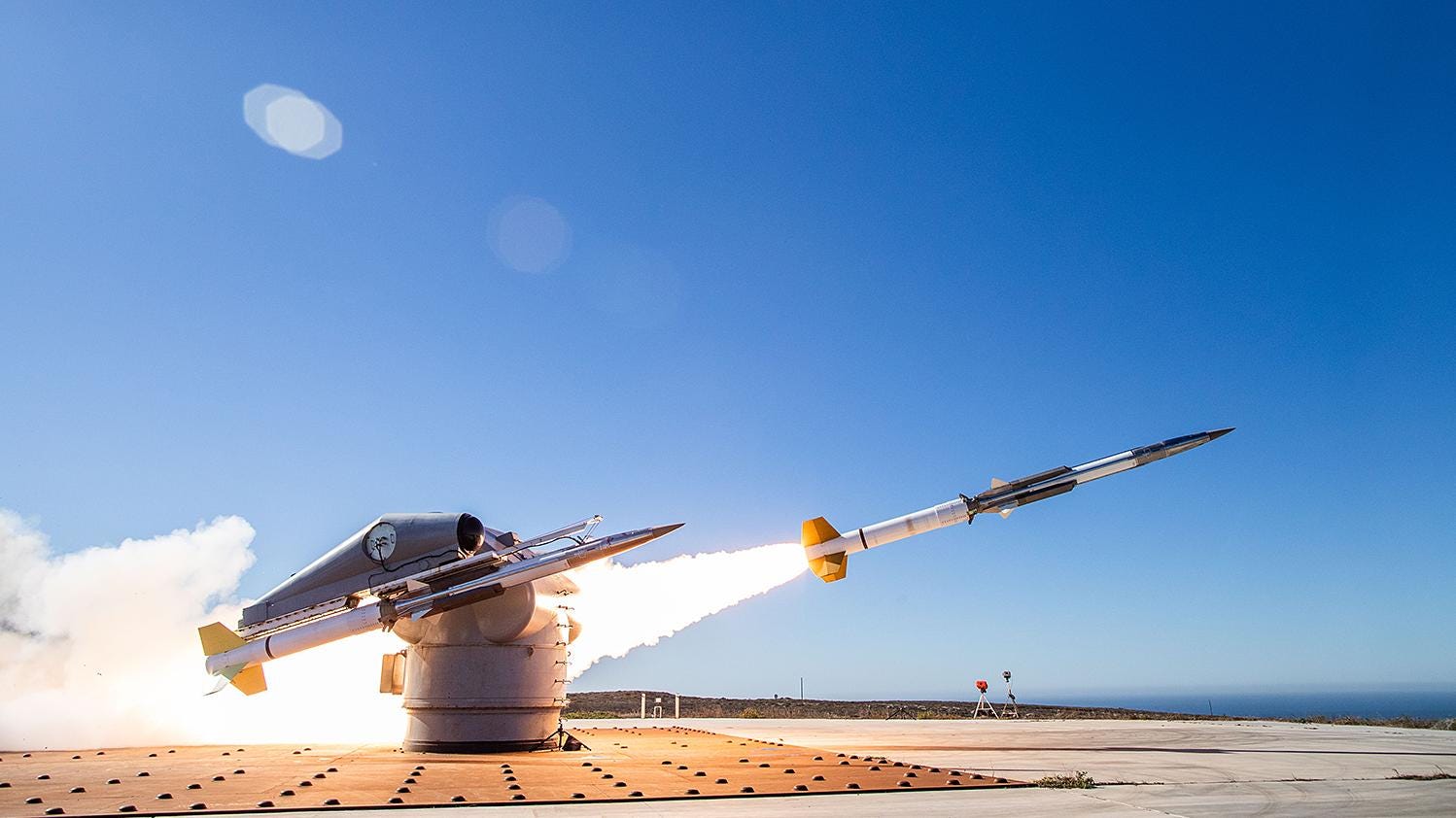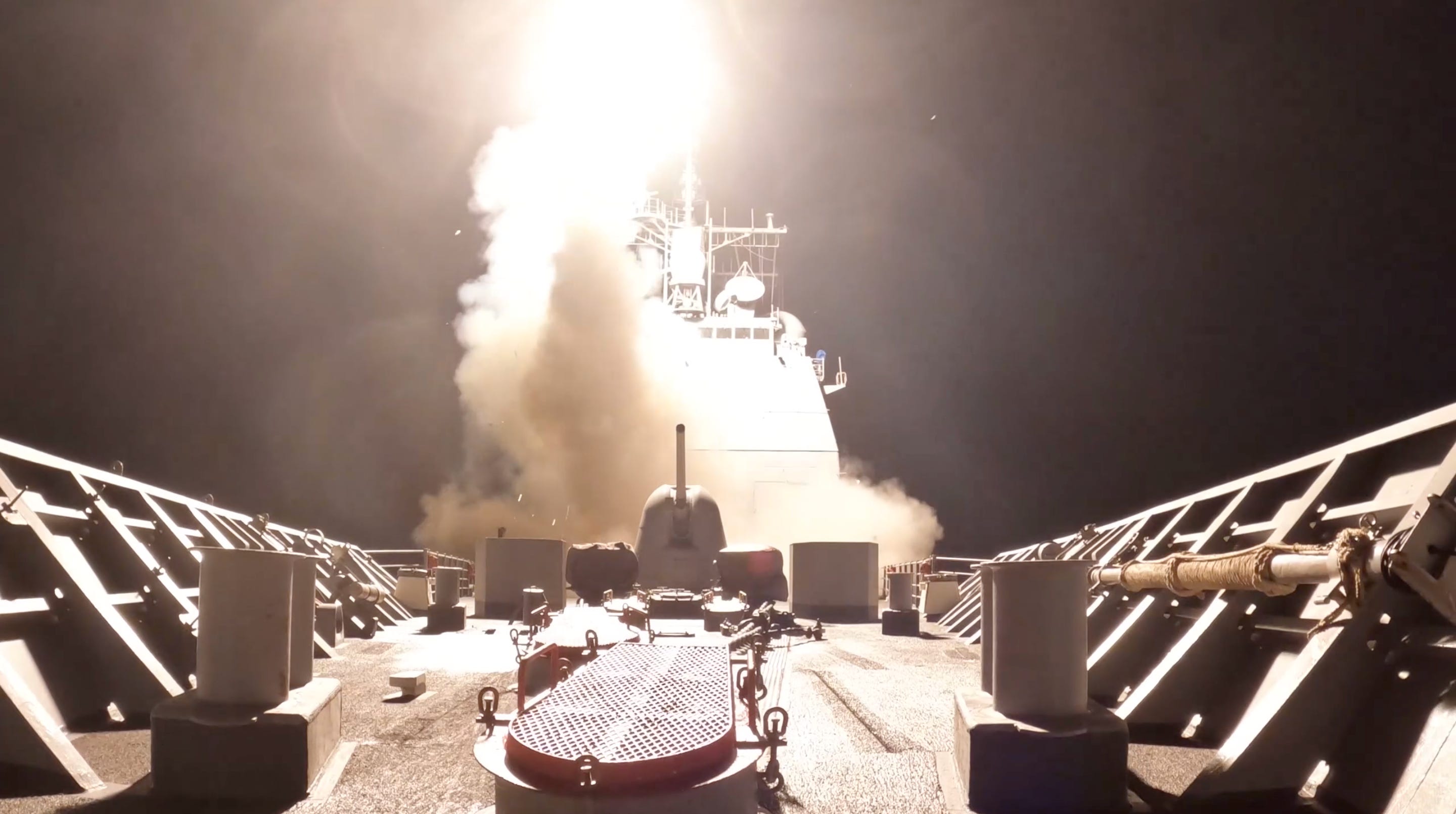
Photo courtesy of US Navy
US warships are facing rising missile threats, and the Navy is pushing for more training capacity to make sure sailors are ready for that kind of fight.
New facilities bolster the Navy’s ability to run sailors through realistic simulations of challenging missile attacks, preparing them for today’s threat environments, officials said.
The Point Mugu Sea Range on San Nicolas Island in California uses ground-launched GQM-163A Supersonic Sea Skimming Targets as training tools, with this system simulating missile threats warships could face in combat.
The GQM-163 Coyotes are made by Northrop Grumman, and they are designed to represent advanced supersonic anti-ship cruise missile threats. With two launchers on San Nicolas Island, the Naval Air Warfare Center Weapons Division can fire four, simulating a complex missile attack.
“The threat environment is changing every day, and we must change and grow with it,” said Rear Adm. Keith Hash, NAWCWD (Navy Air Warfare Center Weapons Division) commander. “Being able to present multiple, realistic threats is critical to ensure we deliver our warfighters a decisive advantage so they can deter aggression and, if necessary, win in conflict and return home safely.”
The Navy previously sought to do more than 30 of the missile training exercises a year, but the training ground lacked sufficient capacity. Over the past few years, though, work has been underway to not only build more munitions on-site but also store more of them there.
The Navy can now do two quad launches in a 24-hour period at the Point Mugu Sea Range because it can store eight on-site instead of only four.

Screengrab via US Central Command
The US Navy has seen the clear need for improved missile defense firsthand in its fights in the Middle East, where ships have come under fire from the Houthis and engaged Iranian missiles targeting Israel.
“For the past two years, our surface Navy has been taking the fight, taking the shots, on the other side of the world,” said Capt. Anthony Holmes, the commanding officer for NSWC-PHD (Naval Surface Warfare Center — Port Hueneme Division).
“Our warfighters are being asked to fight and use their ships and weapons in ways they never thought they would,” he said. In the Red Sea alone, warships have faced anti-ship ballistic missiles for the first time, drones, uncrewed surface vessels loaded up with explosive payloads, and more.
The intense fighting has tested readiness, reaction times, and inventories of defensive weaponry.
Concerns have come up about cost imbalances in intercepts, as well as overall munition expenditure. While the US is prepared for the lower-end threats like the Houthis, questions have come up about potential higher-end threats like China.
Officials and analysts have noted that the Middle East engagements are likely just a small taste of what a high-tempo fight against China, which boasts a massive, sophisticated missile arsenal, could look like, especially in the vast Indo-Pacific region.
The post The US Navy is building out its ability to run missile-attack drills as threats to the fleet rise appeared first on Business Insider.




